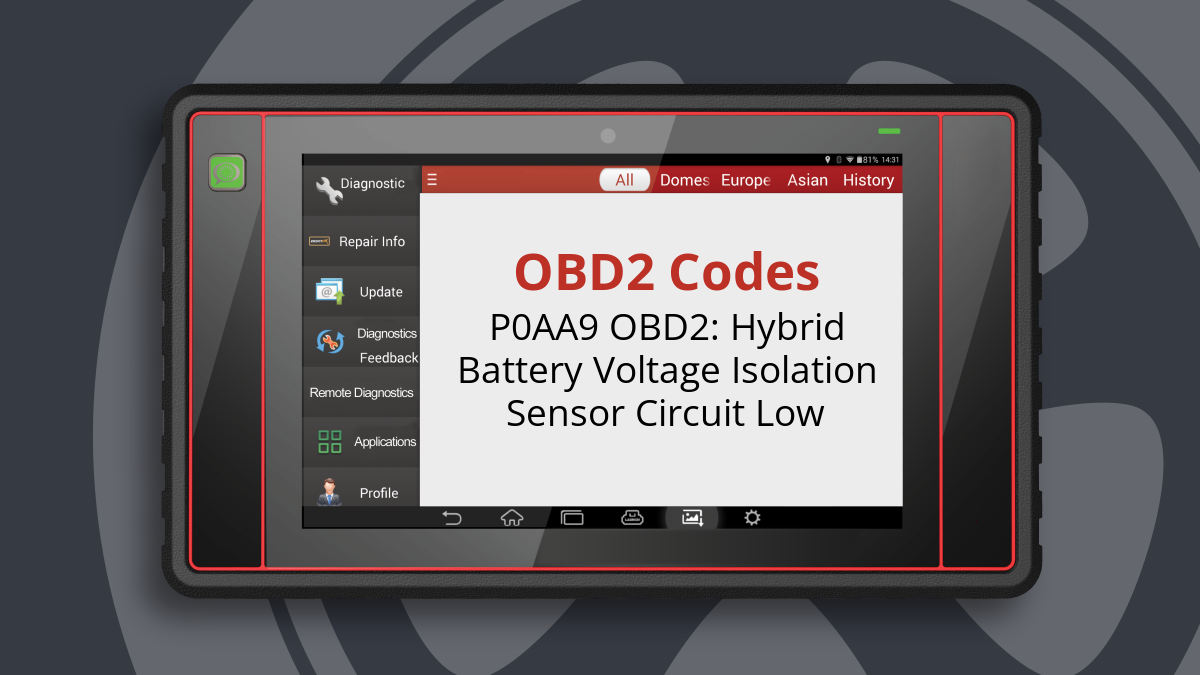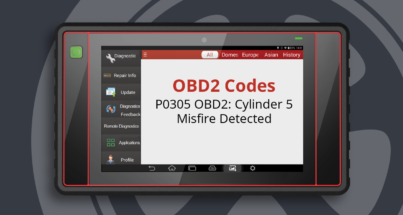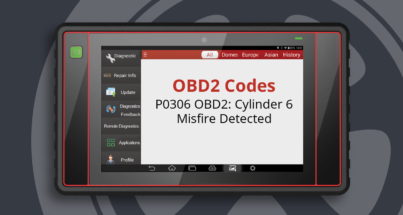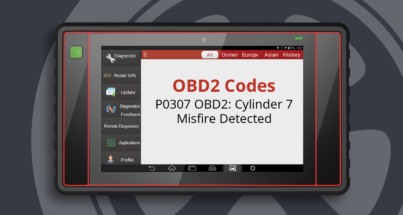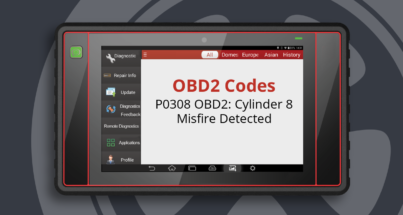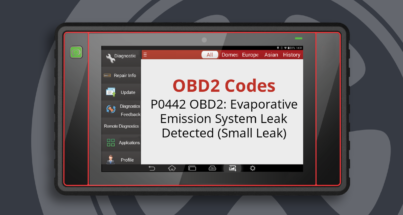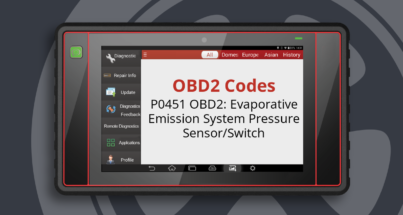What Does the P0AA9 Code Mean?
The P0AA9 OBD-II code refers to a malfunction in the Hybrid Battery Voltage Isolation Sensor Circuit, indicating that the sensor is reporting a low voltage condition. This is critical as it pertains to the functionality of the hybrid vehicle’s high voltage system.
What Causes the P0AA9 Code?
The primary cause of the P0AA9 code is a failure in the battery voltage isolation sensor, which is located in the battery control module. This sensor is essential for monitoring the separation between high voltage and low voltage systems. If it fails, the high voltage system may be disabled, leading to potential operational issues.
What Are the Symptoms of the P0AA9 Code?
Common symptoms associated with the P0AA9 code include:
- High voltage system may not operate
- Vehicle will not charge
These symptoms indicate that the hybrid system is compromised and requires immediate attention.
How Serious Is the P0AA9 Code?
The P0AA9 code has an urgent severity rating. This means immediate action is necessary, as it can lead to severe damage to the vehicle’s hybrid system or pose safety risks to the driver and passengers.
How to Diagnose the P0AA9 Code
Diagnosing the P0AA9 code involves:
- Using an OBD-II scanner to confirm the code.
- Inspecting the battery voltage isolation sensor and its connections.
- Conducting a thorough battery system test to check for proper functionality. Proper diagnosis is crucial to avoid unnecessary repairs.
Common Repairs for the P0AA9 Code
Common repairs may include:
- Replacing the battery voltage isolation sensor.
- Repairing or replacing faulty wiring or connectors associated with the sensor.
- Addressing any underlying issues with the hybrid battery system.
How Much Does It Cost to Fix the P0AA9 Code?
The cost to fix the P0AA9 code can vary widely depending on the specific issue and labor rates in your area. Generally, repairs can range from $100 to $1,000, particularly if sensor replacement is required.
Can I Fix the P0AA9 Code Myself?
If you have experience with automotive electrical systems and hybrid technology, you may be able to diagnose and replace the sensor yourself. However, due to the complexity and potential safety risks involved, it is often recommended to consult with a professional mechanic for this issue.


